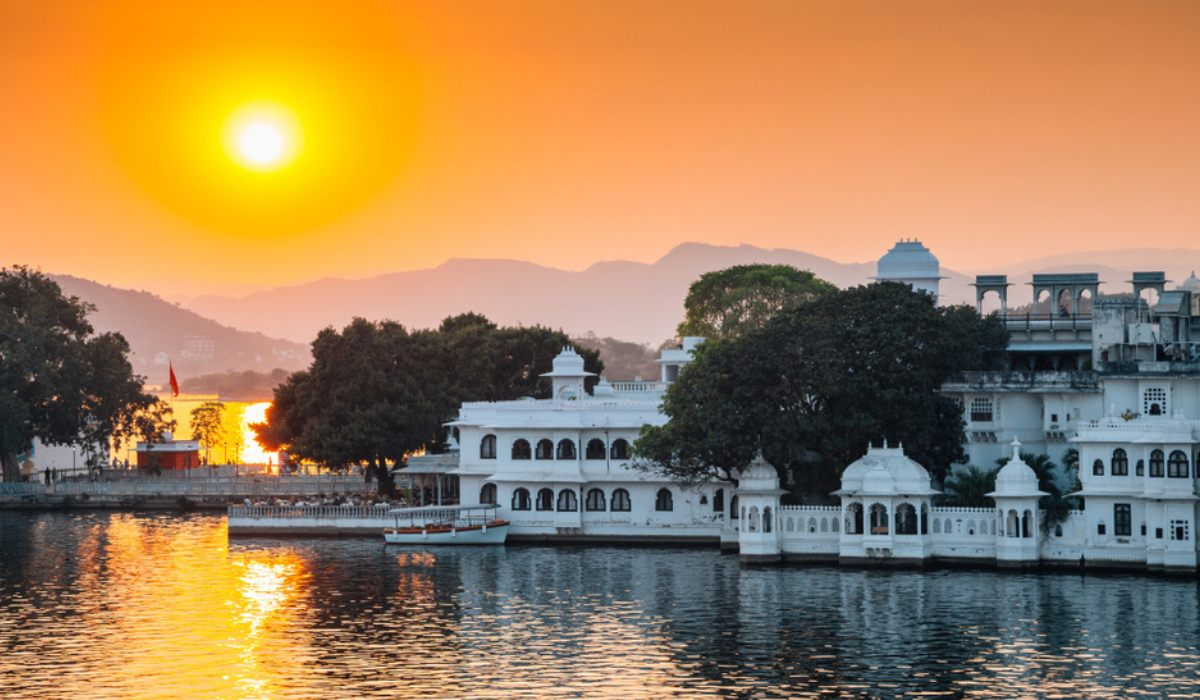Why Onam in Kerala Should Be on Every Traveler’s Bucket List
Flower carpets, feasts, boat races, and one of the most welcoming festivals in the world. Here’s why Onam is the best time to visit Kerala.
If you’re planning a cultural trip to India and wondering when to go, mark your calendar for August–September and head to Kerala. Why? Because that’s when Onam, Kerala’s biggest and most beloved festival, brings the state to life with color, culture, and community.
Onam is more than just a festival—it’s a season of joy, storytelling, traditions, and unity, celebrated by people of all backgrounds. Over ten days, Kerala transforms into a vibrant showcase of its heritage, making it an unforgettable time to travel through God’s Own Country.
Here’s why Onam in Kerala should be on every traveler’s bucket list.
1. The Story Behind Onam: A Festival of Homecoming
Onam celebrates the return of King Mahabali, a mythical ruler loved by his people for his wisdom, fairness, and prosperity. According to legend, Mahabali was sent to the underworld by Lord Vishnu but was granted one wish—to return once a year and visit his people. Onam marks that homecoming, and all of Kerala prepares to welcome him with joy and gratitude.
It’s a rare festival where mythology, humility, and hope come together—not just in rituals, but in the way people treat each other: with respect, warmth, and inclusion.
2. Pookalam: Kerala’s Living Flower Art
One of the first signs that Onam has arrived is the sight of Pookalam, the intricate flower carpets made in courtyards, offices, temples, and even schools.
Each day of the festival, a new layer of petals is added to the design, creating a floral mandala of natural colors and sacred geometry. Families and friends gather in the mornings to build their pookalams, making it a community activity filled with laughter, creativity, and tradition.
As a traveler, you can:
- Join locals in creating a pookalam
- Attend pookalam competitions in cities like Thrissur or Kochi
- Capture stunning visuals that are Instagram-worthy, yet deeply cultural
Tip: Visit Kerala’s rural villages or homestays to experience pookalam-making at its most authentic.
3. Onam Sadhya: The Grand Vegetarian Feast
The Onam Sadhya is a vegetarian banquet served on a banana leaf—and it’s a culinary ritual you won’t forget. With 24–30 dishes served in a specific order, the sadhya reflects Kerala’s agrarian roots, culinary diversity, and emphasis on community dining.
Some must-try dishes include:
- Avial (mixed vegetables in coconut gravy)
- Kootu curry, Olan, Thoran, and Kichadi
- Crispy banana chips and sharkara varatti
- Multiple types of payasam, Kerala’s beloved dessert
Sadhya is typically eaten seated on the floor, with your right hand only—a traditional, grounding experience that adds to the charm.
Many hotels and heritage resorts offer traditional sadhya meals during Onam—just book ahead for Thiruvonam day.
4. Vallam Kali: The Legendary Snake Boat Races
One of the most thrilling parts of Onam is Vallam Kali, the snake boat races held across Kerala’s backwaters. Long, narrow boats—called chundan vallams—powered by over 100 rowers, slice through the water in perfect rhythm as crowds cheer from the banks.
The most famous race is the Nehru Trophy Boat Race held in Alappuzha, where the atmosphere is electric, and the competition is fierce. But smaller, equally authentic races take place in villages and lesser-known backwaters, offering a more intimate experience.
Why it’s worth witnessing:
- It’s a traditional sport, performance, and ritual all in one
- The rowers chant sacred verses as they row, keeping ancient customs alive
- The energy is contagious—you’ll find yourself cheering right along
Experiencia India offers reserved seating and private boat viewing options for travelers during Vallam Kali.
5. Pulikali: Tigers on the Streets of Thrissur
Nowhere else in India will you see a street parade like Pulikali. Meaning “play of the tigers,” Pulikali is a unique folk performance where hundreds of men paint themselves like tigers and leopards and dance through the streets to the rhythm of traditional drums.
Held on the fourth day of Onam in Thrissur, Pulikali is wild, colorful, and wildly entertaining. It’s a celebration of Kerala’s artistic freedom, body painting traditions, and love for bold folk expressions.
As a traveler, you can:
- Watch performances from community rooftops or curated stands
- Photograph one of India’s most visually arresting festivals
- Interact with artists and drummers before the parade begins
6. Cultural Shows, Games & Community Spirit
Onam also revives Kerala’s classical arts and traditional games:
- Kaikottikali – graceful group dances by women in white sarees with gold borders
- Thumbi Thullal, Uriyadi (pot-breaking games), tug-of-war, and archery
- Open-air stages with Kathakali and Mohiniyattam performances
Every neighborhood comes alive with community events, where locals warmly welcome travelers to join in, observe, or simply share in the celebration.
Unlike many festivals that revolve around rituals, Onam is about inclusion—everyone is welcome, regardless of faith or background.
7. A Festival That Reflects the Soul of Kerala
Onam is not a tourist performance. It’s Kerala being its truest self. Whether you’re walking through a flower-covered lane, sipping coconut water at a boat race, or enjoying a sadhya with a local family, you’re not just watching Onam—you’re part of it.
It’s one of the rare festivals in the world that’s:
- Non-religious but deeply spiritual
- Local yet inclusive
- Tradition-rich but joyful and light-hearted
And it’s precisely this balance that makes it a must-experience for any traveler to India.
Conclusion: Say Yes to Onam
Onam is the best time to visit Kerala if you want to see the state at its cultural and emotional best. The air is festive. The people are welcoming. The traditions are alive. And the landscapes—from backwaters to hills—are dressed in post-monsoon green.
Come for the legends, stay for the feast, return for the warmth.



